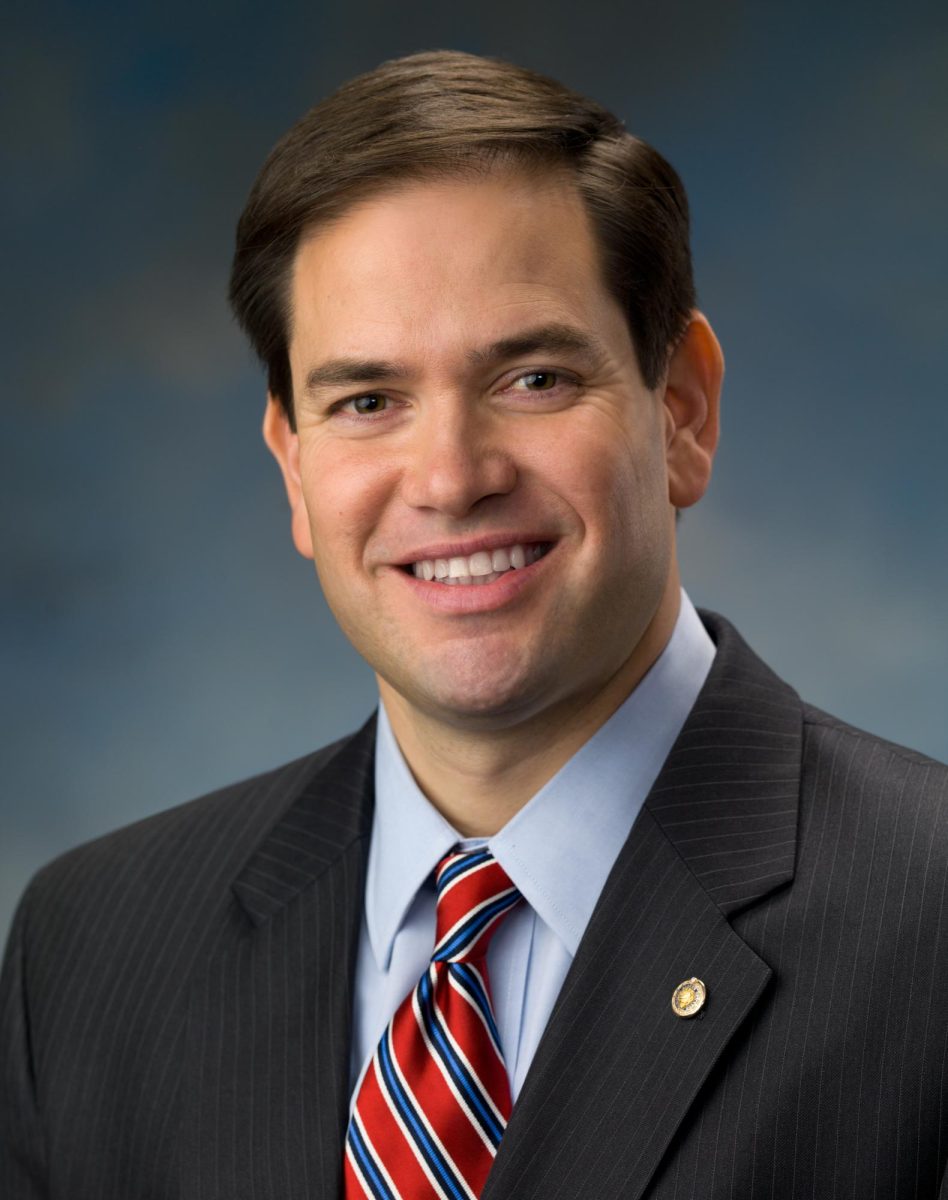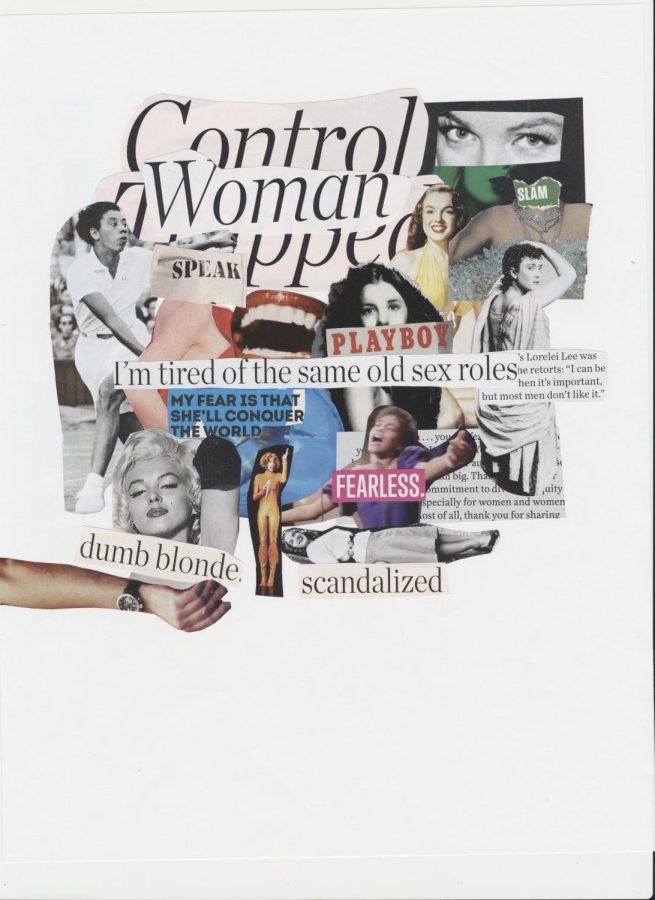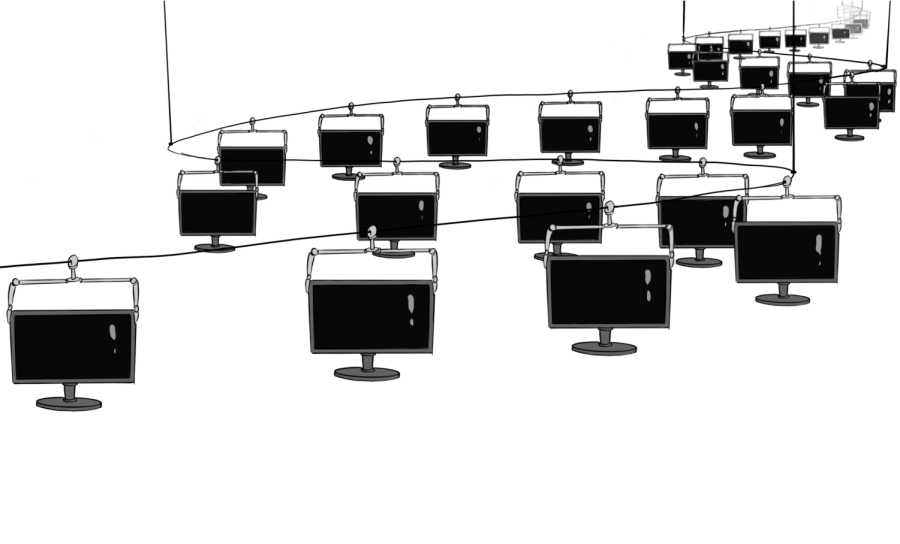The Sequel Scrutiny
Sequels are an invariable piece of the puzzle of the movie business. The films are debated to be simply ways studios and producers to make a quick buck.
April 30, 2021
Currently, there are at least 110 sequels in the works and at least 50 are being released this year. With these movies on the horizon, one is reminded of the all-too-common pattern in Hollywood: a movie is well received and a subpar sequel is made, disappointing viewers.
It can be seen in movies like “The Blair Witch Project,” and its sequel, “Independence Day,” and its sequel, “The Hangover,” and its sequel or even “Iron Man,” and its sequel. The question is, why? Why are these sequels getting made and how do they impact Hollywood?
Among sequels set to release this year, audiences can expect “The Kissing Booth 3.” The movie is the third installment of the Kissing Booth trilogy on Netflix. The first movie, “The Kissing Booth”, got a whopping 17 percent on Rotten Tomatoes among critics but fared fairly well with audiences receiving 57 percent. The movie amassed a following which is undoubtedly why the film was renewed for a sequel, the very originally named “The Kissing Booth 2,” which fared surprisingly better with critics with 28 percent but falling among viewers getting a 39 percent audience score.
“I thought the first one was good but then they got kind of worse by each movie,” junior Julianna Seymour said. To its credit, critics described the second film as “not as aggressively problematic as its predecessor.” But, the movie still received lower ratings from viewers, notably more important than critics.
Despite these low scores, a third film, creatively named “The Kissing Booth 3,” has already been filmed and will be released sometime this year. The new movie will follow the main character, Elle, in her summer before college making her college decision — a big decision she’ll make with the contrasting views of her best friend and boyfriend, the same plot as the past 2 movies.
“[The sequel] was cheesy, sappy, and extremely predictable. It’s a teen rom-com which follows every cliche in the genre,” junior Nicole Khodabandehlou said.
“There are so many other movies that I would rather rewatch before I would watch [the third movie],” Khodabandehlou continued.
A sequel’s job is to make as much money as possible and that is why they keep on getting made. And they follow up on that end of the bargain. “The average sequel makes more than eight times the average original release,” Zachary Crockett from Vox describes.
Because of the “risky” nature of original ideas compared to “safer” sequels, as journalist Shane Snow describes, studios and directors would be “better off filming a repeat reimagining a family or action movie from a generation ago, even if it means sinking a franchise into the mud.” And that “the paradox of the movie business is that while original movies change the game, safe bets,” sequels, “pay the players.”
At the same time, sequels can be creative. In the case of “Spider-Man: Into the Spider-Verse,” the main character was not a white, brown-haired Peter Parker as it had been many times before, but rather Miles Morales, a 13-year-old biracial protagonist.
But, still, it had the same bones of a story we have seen on our screens for years. It’s not to say that these movies are bad, they have just been done before.
These movies can be good and they can change what it means to be the lead of a Spider-Man film, for example, but they are not original. They take the place of new, original stories, stories that could be better for the current social or political landscape, stories that could launch the careers of new actors or stories that are just, put plainly, better.

































